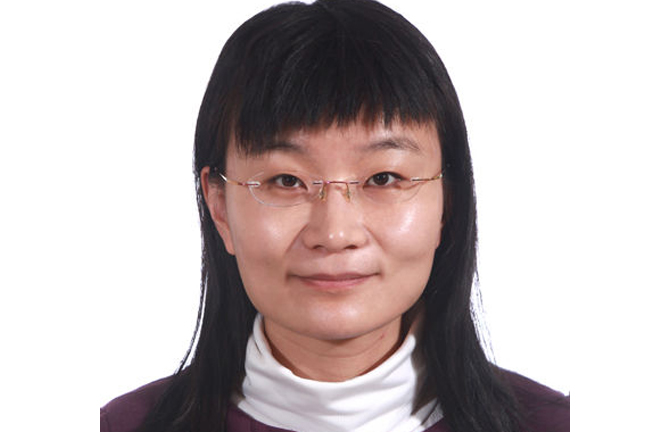SU XIAOHUI: China, US built consensus for bilateral relations, world prosperity
US President Donald Trump’s state visit to China from Nov. 8 to Nov. 10 occurred at a critical time.
It was the first visit by a foreign head of state since the recently concluded 19th CPC National Congress. Trump congratulated Chinese President Xi Jinping on his reelection as the general secretary of the CPC Central Committee and praised China for its remarkable economic achievements. Xi informed Trump about the status of Chinese economic and social development as well as the highlights of the congress.
The reception this time was arranged in the form of a “state visit plus,” which is an exceptional type of reception that exceeded the scope of a routine visit. The first ladies of the two countries had an informal afternoon tea together in the Baoyun Building—also known as the Hall of Embodied Treasures—in the southwestern corner of the Forbidden City and visited the three front halls. They also saw a demonstration of techniques used to repair historical relics and an antique exhibition. Later, they attended a Peking Opera performance.
Trump thanked the Chinese side for their thoughtfulness and hospitality during his visit. He also expressed great admiration for rich traditional Chinese culture, and he changed the home page picture of his social media account to show the group photo taken by the first ladies of the two countries together with the performers of the Peking Opera after the show.
Diplomacy between the two heads of state has laid a solid foundation for institutional communication between China and the US. When the two presidents met previously in Mar-a-Lago, Florida, in April this year, they initiated four high-level bilateral dialogue mechanisms—the diplomatic and security dialogue, the comprehensive economic dialogue, the law enforcement and cybersecurity dialogue, and the social and people-to-people dialogue. This time, they debriefed the leaders in charge of the four high-level dialogue mechanisms from the two countries and offered guidance on ways to advance communication and cooperation between China and US in all areas.
 During their one-on-one meeting, the two presidents achieved consensus. They pointed out that China-US ties will have an impact on the wellbeing of people in both countries, and the relationship is crucial to world peace, prosperity and stability.
During their one-on-one meeting, the two presidents achieved consensus. They pointed out that China-US ties will have an impact on the wellbeing of people in both countries, and the relationship is crucial to world peace, prosperity and stability.
Confidence in economic cooperation was strengthened by the interaction between the two heads of state, the smooth progress of intergovernmental relations, and the continued implementation of policies that facilitate mutual benefit and openness. After the meeting, the two presided over the signing of business deals in energy, manufacturing, agriculture, aviation, electricity and automobiles as well as two-way investment agreements. The deals and agreements signed during the visit have a total value of 250 billion dollars, which is a record high in the history of China-US economic and trade cooperation.
The two presidents also had an exchange of views on major international and regional issues of mutual concern and reaffirmed their commitments to peaceful settlement of relevant issues and promotion of world, regional peace and stability. In regard to the Korean Peninsula nuclear issue, the two parties reiterated their shared goals on denuclearization of the Korean Peninsula and stressed the necessity to solve the issue through dialogue and negotiation.
To date, Xi and Trump have had three meetings and several phone calls with each other. The smooth high-level exchanges have fostered mutual trust and deeper cooperation between the two countries. Under the guidance of the head-of-state diplomacy, the new blueprint of China-US relations is taking shape.
Su Xiaohui is the deputy director of the Department for International and Strategic Studies at the China Institute of International Studies.
